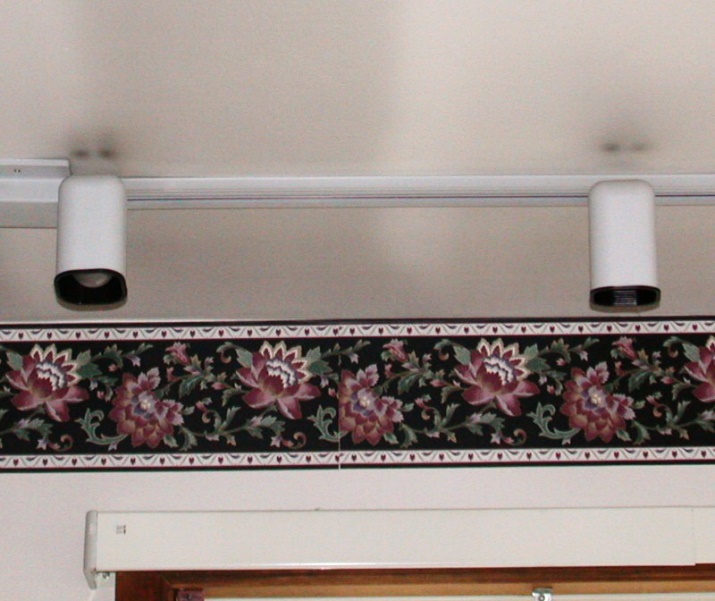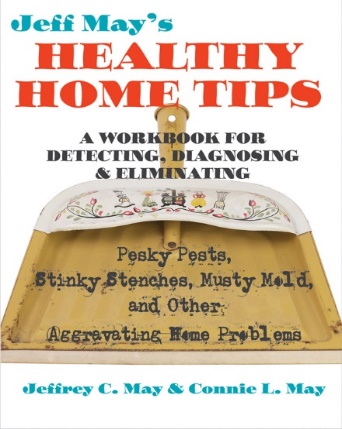Homeowner Newsletter: Fall 2021
©2021 Jeffrey C. May
There are some relatively inexpensive steps you can take to help keep the air in your home free of allergens and irritants.
- Soil can contain mold and even lead dust, so ask guests and family members to remove their shoes upon entering the house.
- Put a waterproof dish under indoor plants.
- To help avoid mold growth, don’t spill water when watering indoor plants, especially if the plants are on a carpet.
- Remove moldy leaves from indoor plants or the pots they are in.
- Don’t burn jar candles, which produce a lot of soot particles that stain walls and ceilings and that are unhealthy to inhale.
- Use a vacuum with HEPA filtration and a bag.
- Avoid fragranced cleaning and body products. Fragrances are just chemicals that add to the chemical load of indoor air.
- If you have mold allergy, avoid using laundry detergents that contain enzymes (including “stain lifters,” subtilisin, and anything ending in “ase” such as protease and amylase). Such products can cause respiratory symptoms, stuffy noses, skin irritation, and even fatigue for people who are sensitized.
- Have an exhaust fan that vents to the exterior over your cook stove, and use the fan when cooking.
- Clean the kick spaces at the bottom of your kitchen and bathroom cabinets on a regular basis. Such surfaces can get moldy if they contain dust and are dampened by water (even from floor mopping) or spilled foods.
- Clean your refrigerator and your refrigerator’s drip tray at least annually (roll the appliance out and remove the back panel).
- If anyone in your family has dust-mite allergy, install dust-mite encasings with polyurethane liners on all mattresses and bed pillows, as well as box springs if present.
- Remove dust from the bottom of your toilet tank; otherwise, condensation in summer can supply the moisture and the dust supplies the food that mold growth requires.
- Keep the bathroom door and shower door (or curtain) open and run the exhaust fan for two hours after showering. Use an oscillating fan to speed drying of surfaces. These steps will help avoid mold growth on bathroom walls and ceilings.
- Depending on the type of heat you have, HEPA vacuum baseboard convectors, radiators, or the “boots” under hot-air registers before turning on the heat for the first time each year.
- If you use a portable humidifier, use the “warm mist” kind that doesn’t get moldy.
- Clean the backs, bottoms, sides, and legs of furniture on a regular basis to remove biodegradable dust.
- Don’t leave your car running in an attached garage.


These and other tips can be found in our workbook, Jeff May’s Healthy Home Tips, available on line and published by Johns Hopkins University Press.
Have a pleasant fall and Thanksgiving.
Jeff May
